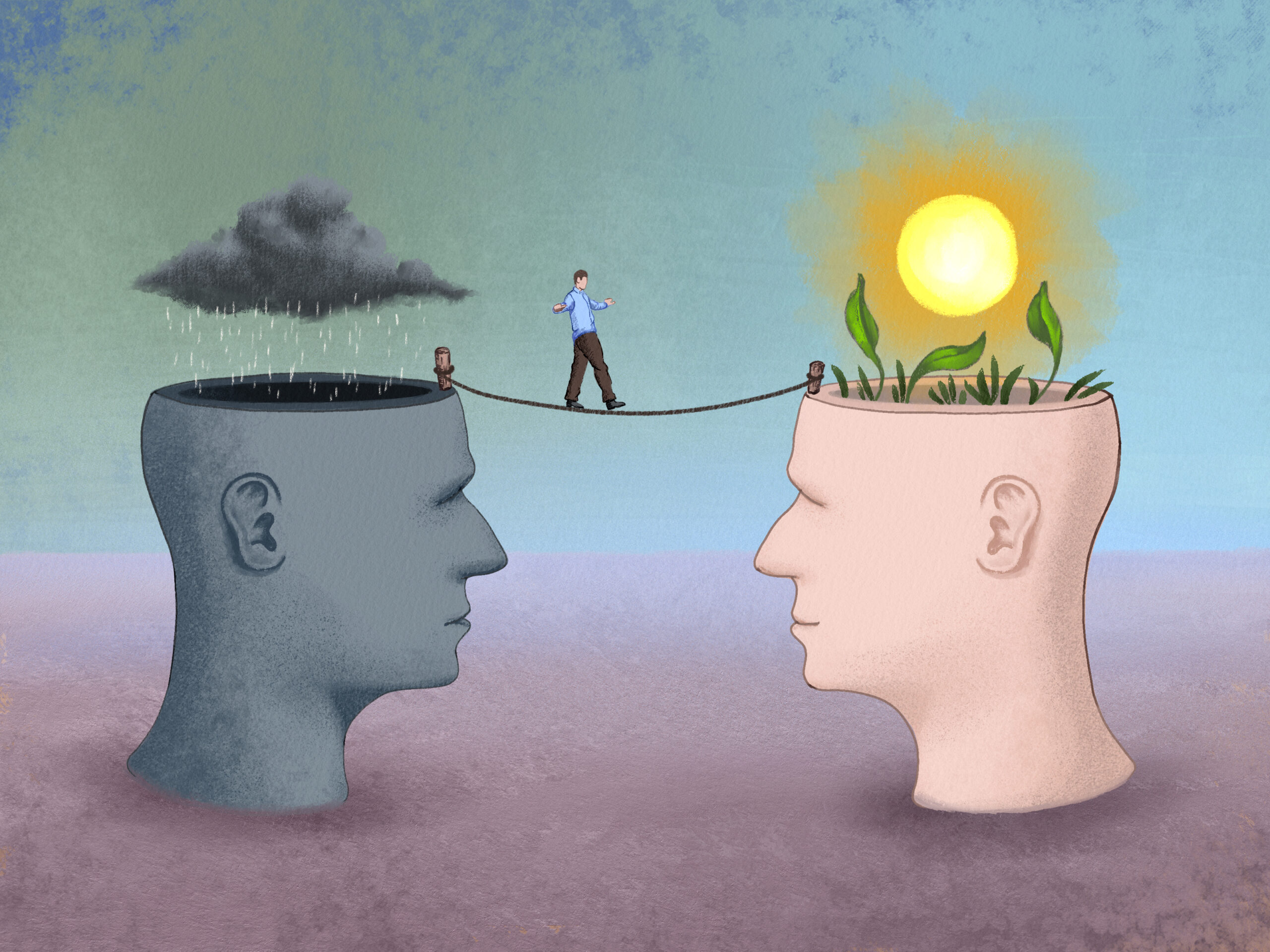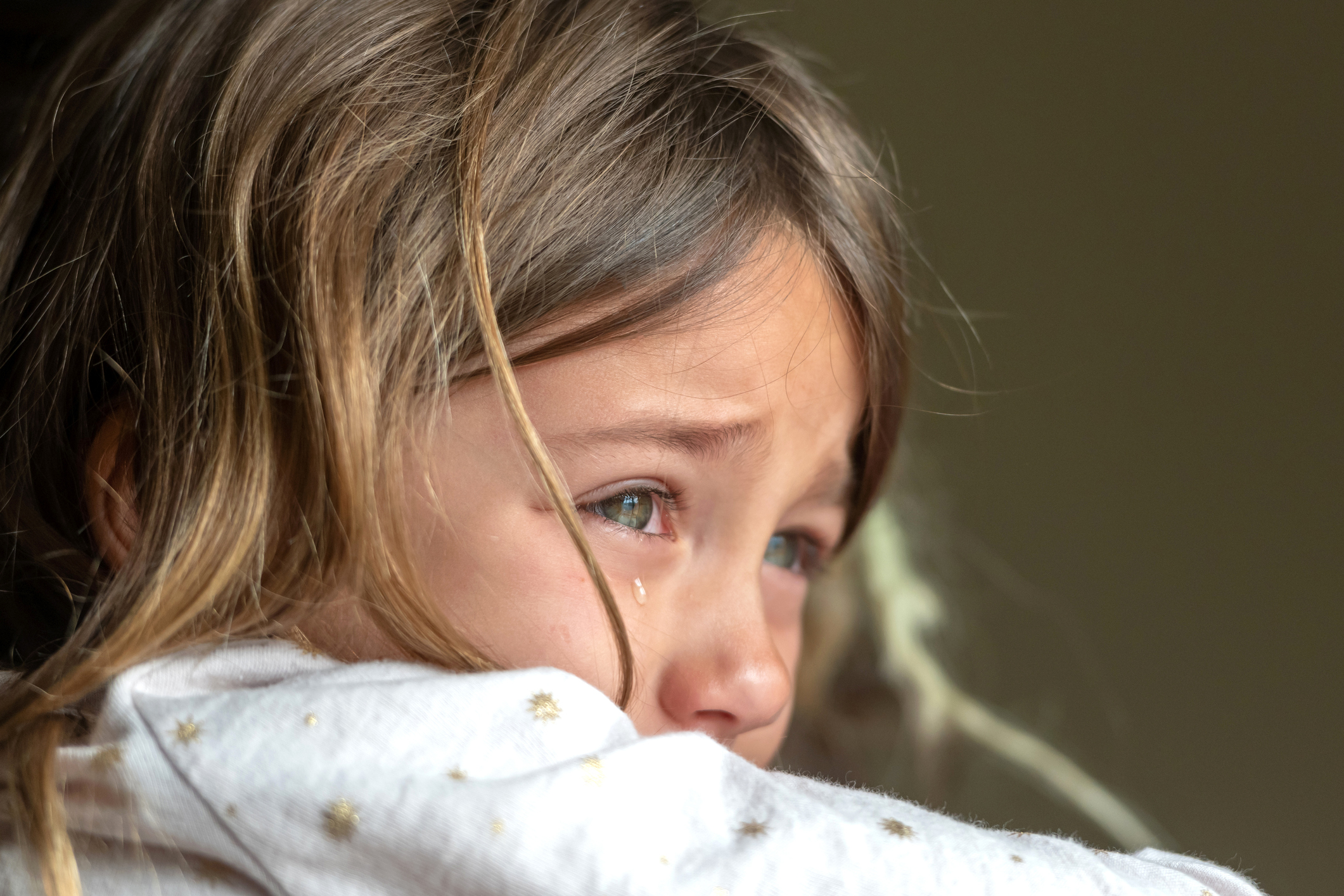Developmental trauma is a complex issue that often goes unrecognized by many adults. While attachment disorders are commonly discussed, they are just one piece of the larger puzzle that is developmental trauma. In this article, we will delve into the intricacies of developmental trauma, how it impacts a child’s emotional world and behaviour, and the importance of a coordinated approach to healing.
The Seven-Piece Jigsaw Puzzle
Developmental trauma is like a seven-piece jigsaw puzzle, with each piece representing a different aspect of a child’s development. These pieces include somatic sensory issues in the brain stem, attachment, emotional regulation, and behavioural regulation issues in the limbic brain, self-esteem issues, dissociation, and cognitive problems in the cortical brain. These areas can be profoundly affected by adverse childhood experiences.
The Neurosequential Model of Therapeutics
Dr. Bruce Perry has developed the Neurosequential Model of Therapeutics to help repair children’s brains affected by developmental trauma. It’s essential to understand that this process requires careful sequencing and collaboration among various caregivers, including parents, teachers, therapists, and doctors.
Building the Brain from the Bottom Up
The brain develops in a specific order, starting with the brain stem responsible for motor and sensory functions. Then comes the limbic brain, which handles attachment, emotions, and behaviour, followed by the cortical brain, where higher-level thinking and learning occur. When a child is stuck in the primitive brain (brain stem), they remain in survival mode, making it challenging to form deep relationships or engage in learning.
Tailoring Therapies to Different Brain Regions
Different therapies are effective for different parts of the brain. It’s crucial to assess which area requires attention and adapt treatment accordingly. Children may shift between brain regions depending on their life circumstances, so therapy must remain flexible.
Understanding and Supporting Developmental Trauma
To support a child with developmental trauma effectively, caregivers need to:
- Understand Developmental Trauma: All adults in a child’s life should comprehend developmental trauma to create stable and nurturing environments.
- Prioritize Trust: Trusted adults should be supported and nurtured, as their well-being directly impacts the child’s sense of safety.
- Be Mindful of Timing: Conversations and interventions should align with the child’s brain development. Avoid trying to engage them in tasks they are not yet capable of.
- Tailor Parenting: Conventional parenting approaches may not work for these children. Caregivers need to adopt therapeutic parenting techniques.
- Focus on the Brain Stem: If a child is stuck in the brain stem, repetitive activities and sensory work are crucial before addressing other aspects.
- Persistence and Consistency: Brain repair is a gradual process, requiring consistent efforts across home, school, and therapy.
- Coordinate Care: All aspects of a child’s life, including home, school, therapy, and the broader support network, should work together using the same approach.
- Recognize Developmental Age: Consider a child’s developmental age alongside their chronological age when planning interventions.
- Seek Trauma-Informed Assessment: A proper psychological assessment can identify the child’s needs and the best starting point for treatment.
- Early Intervention: Start working on the brain stem as soon as the child is safe, as this can expedite the healing process.
Conclusion
Understanding developmental trauma and its impact on a child’s brain is a crucial step toward effective intervention. By adopting a scientific approach and working collaboratively across all aspects of a child’s life, we can provide the support and care needed to reshape their future and help them heal.







